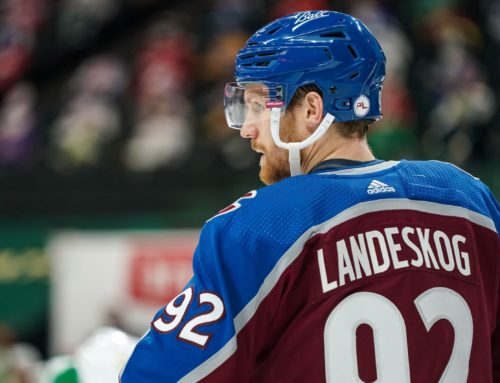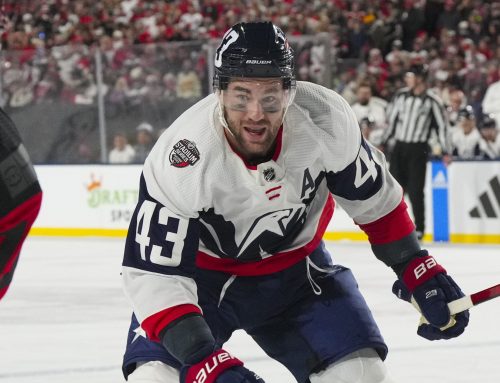Capped: Buying Low and Selling High
Eric Daoust
2014-10-09

This week Capped looks at situations where buying low and selling high are muddied by salary cap implications.
In fantasy hockey, player values never stop changing. Whether it be based on future potential, past success, line or coaching changes or age, these changes always have an impact on how much you can get out of a player on the trade market. Often we talk about short-term hot streaks or slumps creating opportunities to buy low and sell high. This is especially useful with young players when one of your rival GMs overvalues his supposed potential based on some recent developments.
However, in cap leagues it is much more difficult to buy low and sell high because of the differences in cap hits. When one of your players is overachieving, chances are that he is also producing above his salary level. In order to sell high, you would have to move him for a player normally perceived to be better (and maybe underachieving) but that player probably has a higher cap hit. Unless you can afford the exchange, it may be very difficult to take advantage of your opportunity to improve your squad. And if your team is fairly competitive, chances are that you do not have that much available cap space to begin with.
Nielsen started last year red-hot with 21 points in his first 19 contests en route to a career-high 58 points. Obviously, his play in the early going provided a great opportunity to sell high if a rival owner overreacts to early-season stat lines.
Unfortunately, Nielsen's low cost plays a huge role in the feasibility of a trade. In order for the trade to make sense a player of a higher caliber that is probably paid fairly well should be coming back. Nielsen being a cap bargain only increases the gap in costs. Unless your team can afford the price increase both now and in the future, it makes a lot more sense to stick with Nielsen and enjoy the excellent bang for the buck.
Even though the sell-high window closed long ago, Nielsen still offers good value at his very affordable cost regardless of the scoring format. He is essentially a risk-free asset that is not due for a new contract until the summer of 2016. At that point he will probably get a hefty raise due to his strong two-way play. Until that time comes he can be a key contributor to a winning fantasy team. Plus you never know when another sell-high window will open.
Closing thoughts
In any cap league, keeping your team's budget under control is a must. Leaving some open cap space heading into the new season is a good idea as it gives you a ton of flexibility and puts you in a position to take advantage of sudden changes in player value. If you are too close to the cap ceiling then you will unfortunately be forced to the sidelines while these players are exchanged on the trade market.
Most importantly, when you do decide to make a move for a more proven and probably more expensive player, make sure you are spending this money intelligently. Make sure the longer-term difference in production will justify the cost difference. Winning a cap league is all about making your team as efficient as possible so the last thing you want to do is hurt your chances of winning a championship by needlessly increasing your payroll.
*
Give me a follow on Twitter @DH_EricDaoust.





 NYI
NYI PIT
PIT T.B
T.B TOR
TOR DAL
DAL STL
STL ARI
ARI EDM
EDM MTL
MTL DET
DET WSH
WSH CBJ
CBJ S.J
S.J
